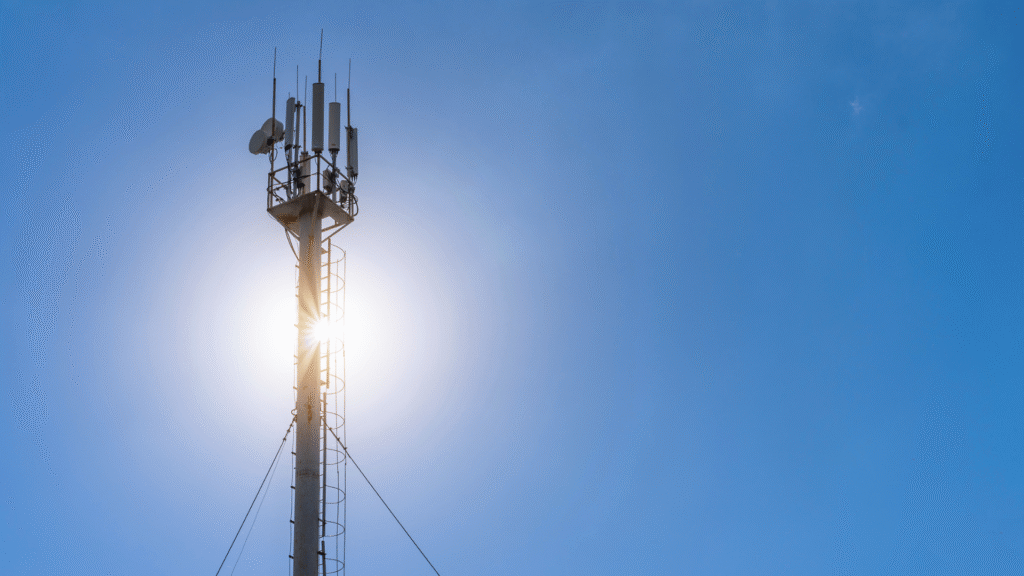

If you have not read my previous article, ‘Is Advanced Air Mobility the future of air transportation?’, I would encourage you to read it first before proceeding to this article.
Introduction
A recent webinar organised by Via Satellite and Kymeta discussed the synergy of satellite and cellular technologies for remote land mobility. In this article, we will explore the synergy of these technologies for Advanced Air Mobility (AAM) connectivity.
AAM aircraft require reliable, high-bandwidth communication links for various tasks, such as command and control, telemetry, and real-time video streaming.
Existing Connectivity Options
Radio Frequency (RF) communication is a common method for establishing a link between an aircraft and the ground control stations (GCS). It utilises radio waves to transmit data over a specific frequency band. Drones often use dedicated RF protocols, such as 2.4 GHz or 5.8 GHz bands, for communication. Drones also communicate using Wi-Fi protocols. This method leverages the existing infrastructure and allows for a broader range of control and communication options. Wi-Fi communication is typically used for short-range operations, as it has a limited range compared to RF communication.
Cellular networks can provide coverage in populated areas, offering a convenient option for aircraft to communicate with the GCS. Some AAM aircraft can utilise cellular networks, such as 4G or 5G, for communication. This enables long-range control and data transmission, leveraging the coverage provided by cellular towers. However, relying solely on cellular networks for AAM operations can be risky due to potential network outages or congestion, especially during emergencies or in crowded areas where network capacity might be strained. Integrating satellite connectivity provides a redundant and resilient communication link, ensuring continuous operation and mitigating the risks associated with single-point failures.
AAM aircraft can establish communication links via satellite networks, such as those used in remote areas or for long-range operations. Satellite communication provides global coverage, making it suitable for AAM aircraft operating in remote or offshore regions where other communication methods may be unreliable or unavailable. In certain scenarios, the aircraft can create ad-hoc mesh networks, where they act as relays to extend the range of communication. This method allows aircraft to communicate with each other and the GCS, even when direct communication is obstructed by obstacles or long distances.
The Benefits of a Combined Approach
A blend of satellite and cellular technologies offers significant advantages for AAM aircraft operations, including extended range, real-time data transmission, redundancy, and improved safety and efficiency. By intelligently leveraging the strengths of each technology, AAM operators can enhance their capabilities and take on more complex and remote missions with confidence.
It is also worth noting that the specific communication method used by AAM depends on factors like its purpose, range requirements, regulatory constraints, and available infrastructure. The choice of communication method may also vary depending on whether the aircraft is intended for hobbyist, commercial, or military use.
Conclusion
As AAM technologies and the related implementation efforts evolve, several mobile network operators (MNOs) and satellite network operators have started working together to provide seamless connectivity services for AAM operations. This strategy may change the dynamics in the telecommunication industry, including future regulations.
Access Partnership is closely monitoring AAM technologies, regulations, and standards. For more information regarding such developments or engagements, please contact Dr. Busyairah Syd Ali at [email protected].
